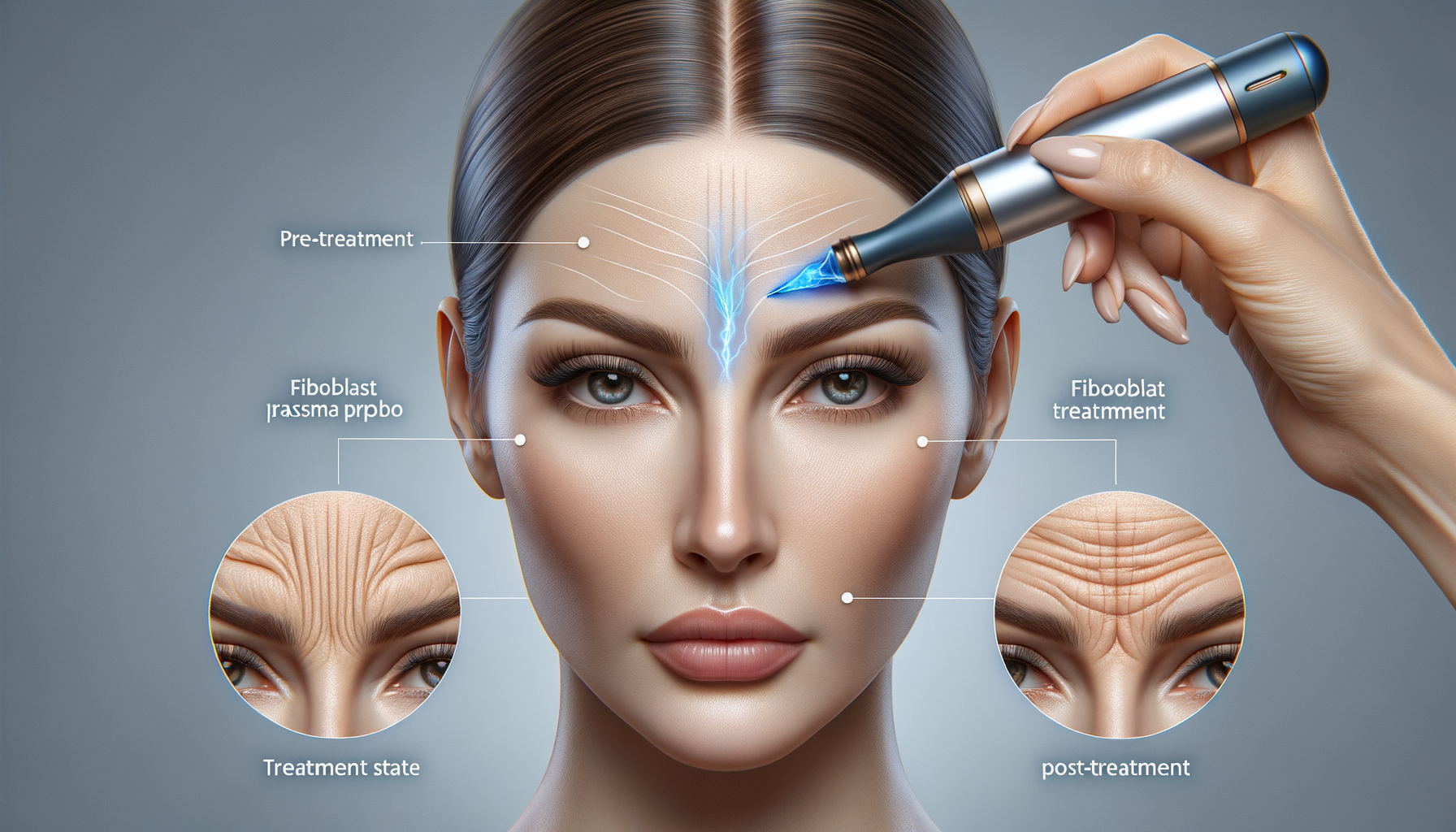Understanding Dark Spots: Causes and Concerns
Dark spots, often referred to as hyperpigmentation, are a common skin concern that can affect individuals of all ages and skin types. These spots are typically caused by an overproduction of melanin, the pigment responsible for skin color, which can be triggered by various factors. Sun exposure is among the most prevalent causes, as ultraviolet (UV) rays stimulate melanin production. Hormonal changes, such as those experienced during pregnancy or due to certain medications, can also lead to dark spots. Additionally, skin injuries, including acne scars or cuts, may result in post-inflammatory hyperpigmentation.
While dark spots are generally harmless, they can be a source of cosmetic concern for many. They may contribute to an uneven skin tone, making the complexion appear dull or aged. Addressing these spots is not merely about aesthetics; it’s also about enhancing skin health and boosting self-confidence. Understanding the underlying causes and triggers of dark spots is the first step toward effective treatment and prevention.
Topical Treatments: Serums and Creams
Topical treatments are a popular choice for those seeking to reduce dark spots, with serums and creams being particularly favored for their ease of use and effectiveness. Many of these products contain active ingredients like vitamin C, niacinamide, and hydroquinone, which are known for their skin-brightening properties.
Vitamin C is an antioxidant that helps to reduce melanin production and protect the skin from further UV damage. Niacinamide, a form of vitamin B3, is celebrated for its ability to improve skin tone and texture while also reducing inflammation. Hydroquinone is a potent ingredient that works by lightening the skin, although it should be used with caution and under professional guidance due to potential side effects.
When selecting a topical treatment, it’s essential to consider your skin type and any potential sensitivities. Many products are available in formulations that cater to specific needs, such as oil-free options for acne-prone skin or hydrating versions for dry skin. Consistent use over several weeks is often necessary to see noticeable improvements, and combining these treatments with sun protection is crucial for maintaining results.
Professional Procedures: Laser Therapy and Chemical Peels
For individuals seeking more immediate and pronounced results, professional procedures like laser therapy and chemical peels offer effective solutions. Laser therapy targets dark spots with concentrated light beams, breaking down excess melanin and promoting even skin tone. This method is particularly effective for stubborn spots that do not respond well to topical treatments.
Chemical peels involve applying a chemical solution to the skin, which exfoliates the top layers and encourages new skin growth. This process can significantly reduce the appearance of dark spots, as well as improve overall skin texture and tone. There are different types of chemical peels, ranging from superficial to deep, each suited to different skin concerns and recovery times.
While these procedures can be highly effective, they require professional assessment and should only be performed by qualified practitioners. Potential side effects, such as redness or irritation, should be discussed beforehand, and proper aftercare is essential to ensure optimal results and prevent complications.
Natural Remedies and Lifestyle Adjustments
For those who prefer a more natural approach, several home remedies and lifestyle adjustments can aid in reducing dark spots. Ingredients like aloe vera, green tea extract, and licorice root are known for their soothing and brightening properties. These can be applied directly to the skin or incorporated into homemade masks and treatments.
In addition to topical applications, lifestyle changes can play a significant role in preventing and reducing dark spots. Regular use of sunscreen is paramount, as UV exposure is a primary cause of hyperpigmentation. A balanced diet rich in antioxidants can also support skin health, as these nutrients help to combat oxidative stress and promote a radiant complexion.
Furthermore, maintaining a consistent skincare routine that includes gentle cleansing, exfoliation, and hydration can enhance the effectiveness of natural remedies. While results may take longer to achieve compared to professional treatments, these methods offer a gentle and holistic approach to skincare.
Choosing the Right Treatment for You
With a plethora of options available, selecting the right treatment for dark spot reduction can be overwhelming. It’s important to consider factors such as the severity of the spots, skin type, budget, and personal preferences. Consulting with a dermatologist can provide valuable insights and help tailor a treatment plan that aligns with individual needs.
For mild to moderate spots, starting with topical treatments may be sufficient. These products can be easily integrated into daily skincare routines and offer gradual improvements. For more persistent or severe cases, professional procedures might be necessary to achieve desired results.
Ultimately, the effectiveness of any treatment depends on consistency and patience. Combining different approaches, such as using serums in conjunction with professional treatments, can enhance outcomes. Regular monitoring and adjustments to the skincare regimen, based on progress and any changes in skin condition, are also key to achieving and maintaining a clear, even complexion.




Leave a Reply